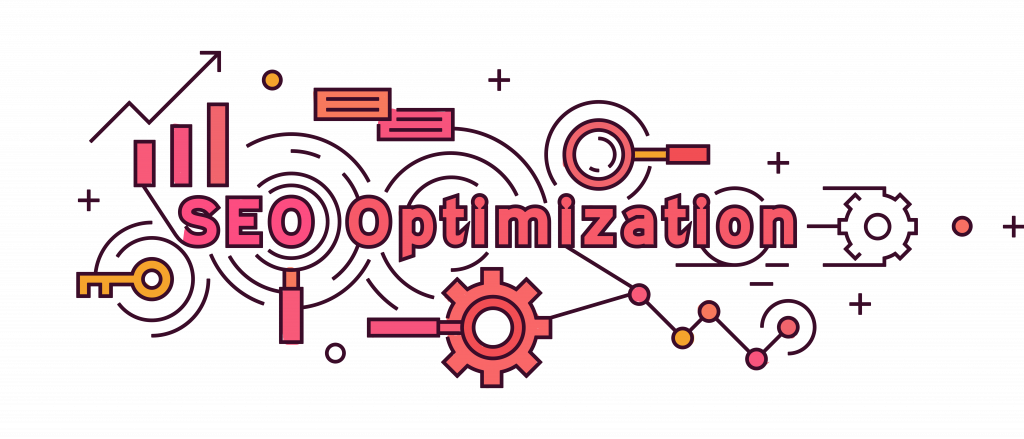If you have an online shop, you’ve probably heard the terms on-page SEO or Shopify SEO without realizing what this means. It’s important to understand that as an online business owner, SEO is instrumental to your success. Let’s start with the basics.
What is SEO?
SEO stands for Search Engine Optimization. This is really a fancy way of saying that search engines help people to provide the most relevant, and highest quality information relating to whatever they’re searching for. As a business owner, you want your product or website to show up in search results when prospective customers are searching for what you offer.
Keywords
What Are Keywords?
Very simply, keywords are the words and ideas that describe what your content is about. You can also think of them as the words that your customers are typing into Google or another search engine in order to find your product.
When talking about keywords, it’s important to realize that there are actually two types, one-word keywords, and long-tail keywords. An important distinction is that one-word keywords are extremely competitive and difficult to rank for. They are also more vague, meaning that while you could receive more traffic with them, they might not lead your ideal customer to you.
Long-tail keywords are a series of words or phrases that are very descriptive and specific. Imagine that you’re selling planners. A one-word keyword would be “Planner”. There are a lot of stores competing for that and it’ll be difficult to rank for. You could be more specific and use the keyword, ‘2020 pink cactus student planner’ instead. When you’re really specific, it’s easier for your customers to find you and to rank for that specific search term.
How to Choose Keywords
Choosing keywords is really about putting yourself in the mind of your customer. Think about what they are typing into a search engine.
Google Keyword Planner is a helpful tool that you can use to find keywords. You can do this by entering a single word relating to your business or you can also type in phrases. This can be a valuable source of information for any business owner.
Where to Add Keywords
Now that you know what keywords are, and how to choose them, the next step is to know where to put them. You can include your keywords in the following places:
- Page Title
- Meta Description
- Image Alt texts and File Names
- Headers and Subheaders
- Product Descriptions
- URL’s
You’ve probably heard that too much of a good thing is bad, and this also applies to keywords. There’s actually a term for this called, ‘keyword stuffing’ and this is when keywords are overused.
It’s important that the keywords sound natural and flow with the rest of the article. Another point here is to also avoid duplicate content.
Additional Keyword Tips
- Make sure your products don’t compete against each other
- Each page can target different keywords
- Keep track of what keywords you use for each product

Internal Links
Internal links are hyperlinks that direct the reader to another page on the same website. These links are helpful for both the website owner and the visitor. For the visitor, they provide additional value and resources, and for the website owner, it’s positive to receive clicks to additional pages as well as more time that the visitor is spending on the website. For example, if you’re enjoying this post, you might also be interested in How to Determine Your Ecommerce Start-Up Costs. This link is an example of an internal link.
Usability
Usability is also important in terms of eCommerce SEO. To make this really simple, the longer a customer stays on your website, the happier Google is. SEO is all about getting traffic to your website, and usability is concerned with the customer experience once they click on your website. You want to do whatever you can to make your website easy to navigate so that you ultimately can turn browsers into customers.
Backlinks
A backlink is when a website is linking to another website or page from a different website. For instance, if you are recommending a service on your website and link to that website, it would be a backlink. When you have lots of websites providing backlinks to your website, this shows search engines that your website is providing high-value content, which will encourage them to show your website more often in search results.
Start a Blog
Starting a blog can be a valuable way to share your knowledge and to be seen as an authority figure on a particular topic. Also, in today’s competitive and global marketplace, a blog is a great way to provide additional value to both current and potential customers. If a potential customer lands on your eCommerce site, they might not buy from you immediately, but with a blog, you can gain trust and start to build a relationship with them that can lead to sales later on.
When choosing a blog topic, provide additional information that is relevant to the product that you sell. If you sell planners and organizing supplies, you could blog about planning, scheduling, and organization. These topics would compliment the product that you’re selling, planners.
Additional SEO Tips
- Make sure your site is optimized for mobile devices
- Don’t use intrusive pop-ups
- Don’t slow down your site (keep image files small)
- Have an SSL certificate
- Use Google Analytics and Google Search Console to keep track of store traffic, to find broken links, and to find out what keywords people are using to find your website
These are some important eCommerce SEO tips that you can use to improve your overall traffic and bring more customers to your business. Remember that because you’re in the eCommerce space, the more you focus on Shopify SEO, the greater the success you will find with your sales.







